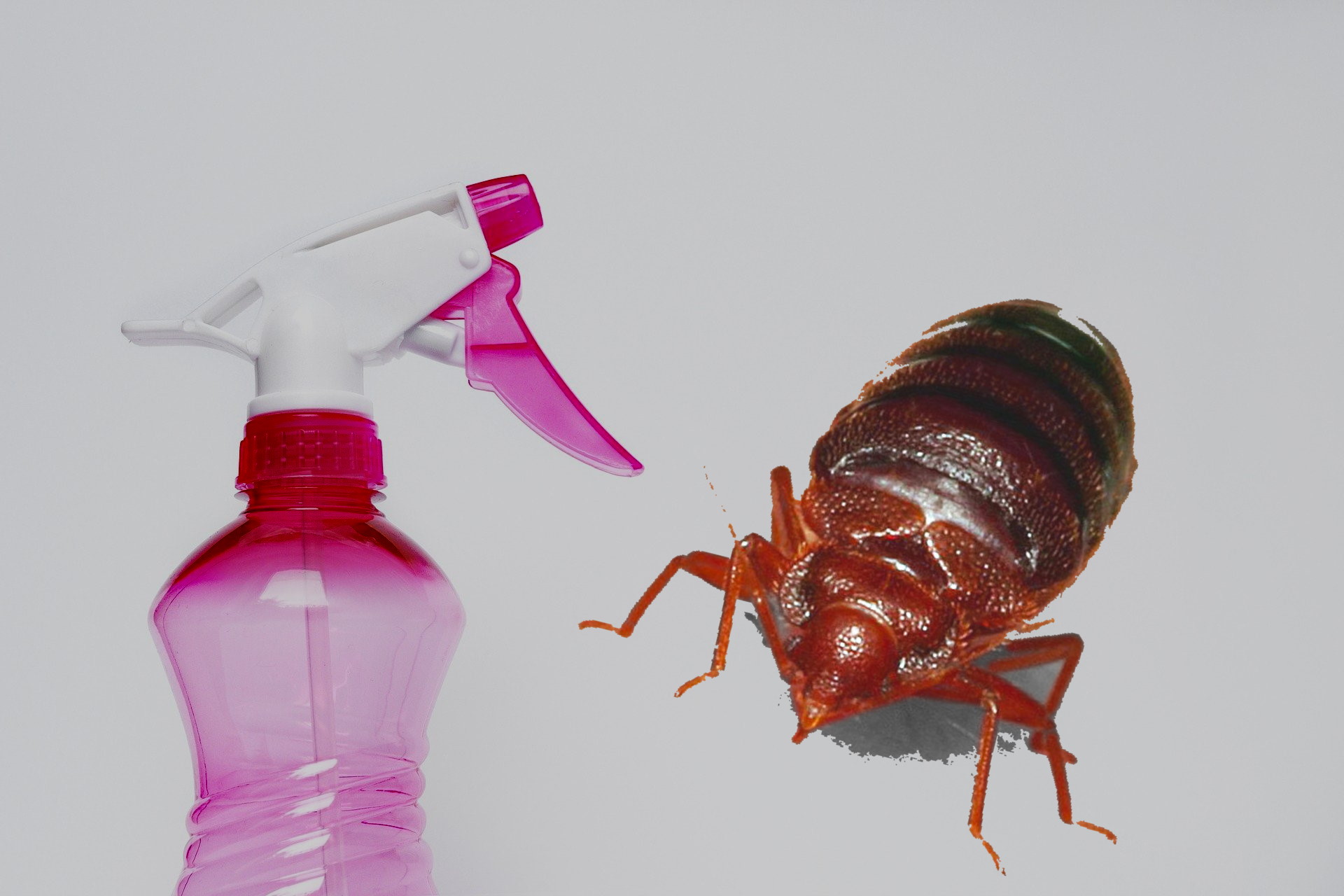1. Recognizing the Appearance of Bed Bugs
Bed bugs exhibit a variety of appearances throughout their lifecycle, which ranges from 1 millimeter to 4-5 millimeters in size. Initially, they are a light yellow color, gradually transitioning to a darker brown. These oval-shaped insects have horizontally striped outer shells, tiny heads, and even smaller antennae. Their flat bodies resemble apple seeds.
2. Understanding Bed Bug Eggs
Bed bug eggs are small, white, and can be easily overlooked by the human eye. Freshly laid eggs appear transparent, while those near hatching resemble pearls. Approximately 1 millimeter in size, bed bug eggs are difficult to spot in dark rooms and are similar in appearance to poppy seeds. To locate them, strong lighting and a magnifying glass are recommended.

those small, white things are bed bug eggs (source)
3. Identifying Baby Bed Bugs (Nymphs)
Newly hatched bed bug nymphs have a tan, translucent body and are comparable in size to a sesame seed. If they have recently fed on blood, their appearance changes from translucent to a bloody red hue, making them more noticeable.
4. Detecting Bed Bugs on a Mattress
If bed bugs are present on a mattress, there may be physical signs like rusty or red stains on the bedding or mattress, caused by crushed bed bugs. Other indicators include dark, small excrement dots on the bedding, shed yellowish skins, and eggshells from hatched eggs.
5. Spotting Bed Bugs with the Human Eye
To the human eye, bed bugs can grow up to 5 millimeters in size, with nymphs as small as 1 millimeter. Adult bed bugs are brown in color, while nymphs are translucent yellowish or white. These wingless insects have small, flat bodies and six legs, with an appearance similar to apple, sesame, or poppy seeds. They can be difficult to spot, blending into the background of bedding or furniture.
6. Locating Bed Bugs on Skin
On the skin, bed bugs are more noticeable due to the contrast but can still escape easily. They are often found on exposed skin areas during sleep, such as arms, hands, shoulders, neck, and face. Well-fed bed bugs are generally easier to spot.
7. Finding Bed Bugs on Sheets
On sheets, bed bugs may be visible depending on the color contrast. In addition to live bugs, you may also find eggshells, excrement, bloodstains, and shed skins. Bed bugs tend to group together, making them more noticeable.
8. Identifying Bed Bug Bites
Bed bug bites often appear on exposed skin during sleep and can resemble red, inflamed, or even blistered spots. They are typically itchy and may take a few days to notice. Bed bug bite size and coloration, as well as individual reactions, can vary from person to person.
9. Recognizing Bed Bug Droppings
Bed bug droppings, or excrement, appear as small black dots on sheets. They tend to excrete in secluded spots like mattress seams and leave fecal stains that can smear when cleaning. These black dots make it difficult to determine the timeline of a bed bug infestation.
10. Preventing and Controlling Bed Bug Infestations
To prevent and control bed bug infestations, regularly inspect your home, especially the bedroom, for signs of these pests. Wash and dry your bedding on high heat, vacuum your mattress and surrounding areas, and seal any cracks or crevices in walls and furniture. If you suspect a bed bug infestation, consult with a professional exterminator for effective treatment options. Maintaining a clean and clutter-free environment can help reduce the chances of bed bug infestations.
In conclusion, understanding the appearance, lifecycle, and signs of bed bugs on mattresses and sheets is crucial in protecting your home and health from these elusive pests. By being vigilant and proactive, you can minimize the risk of bed bug infestations and enjoy a more peaceful, comfortable living environment.


